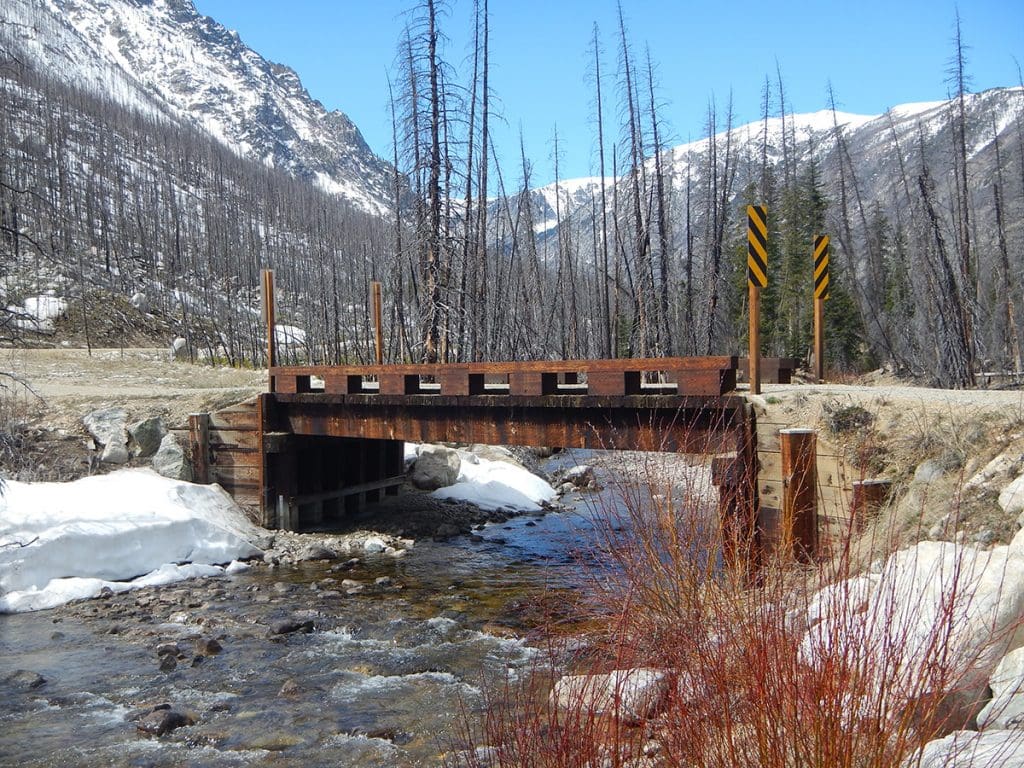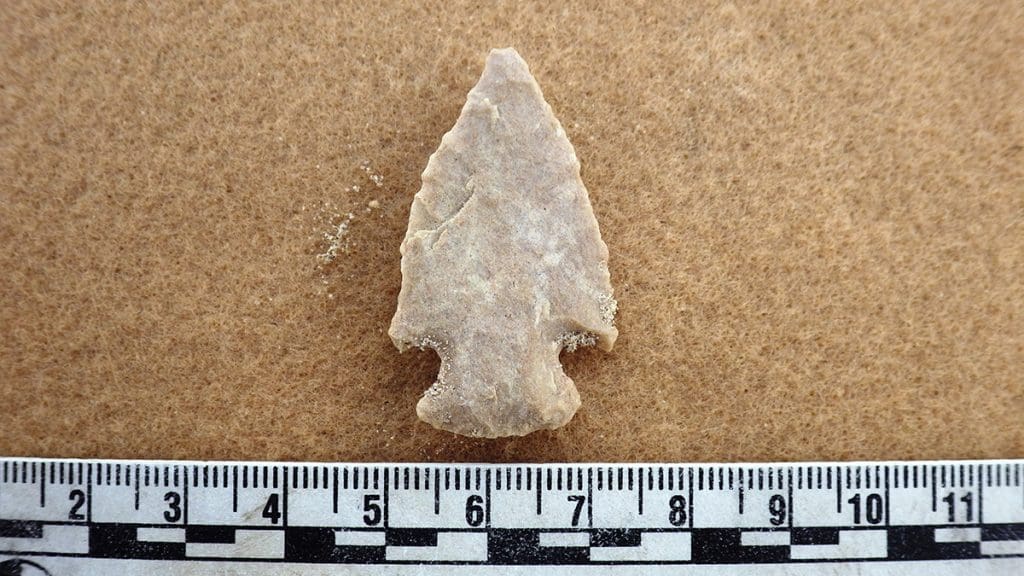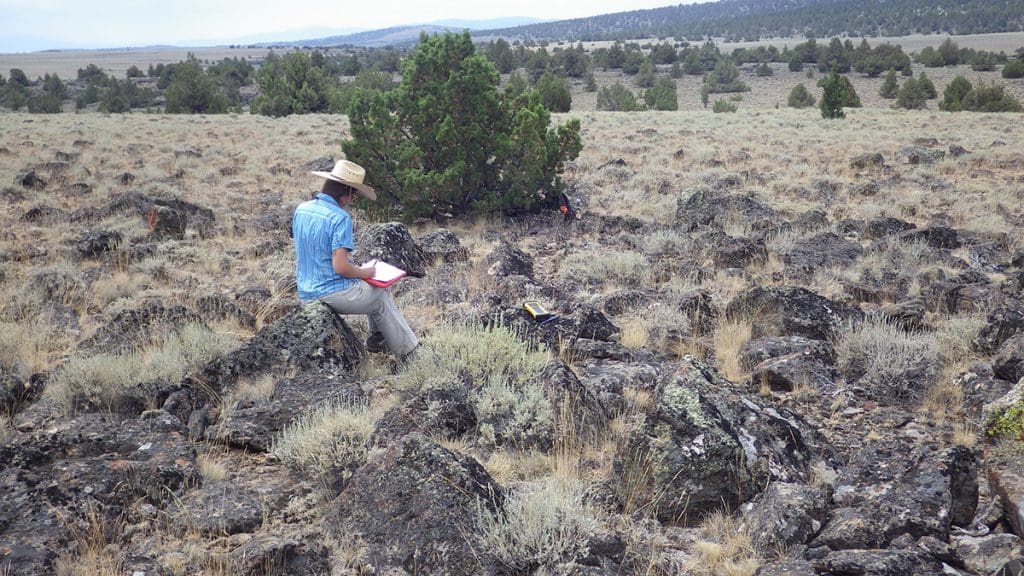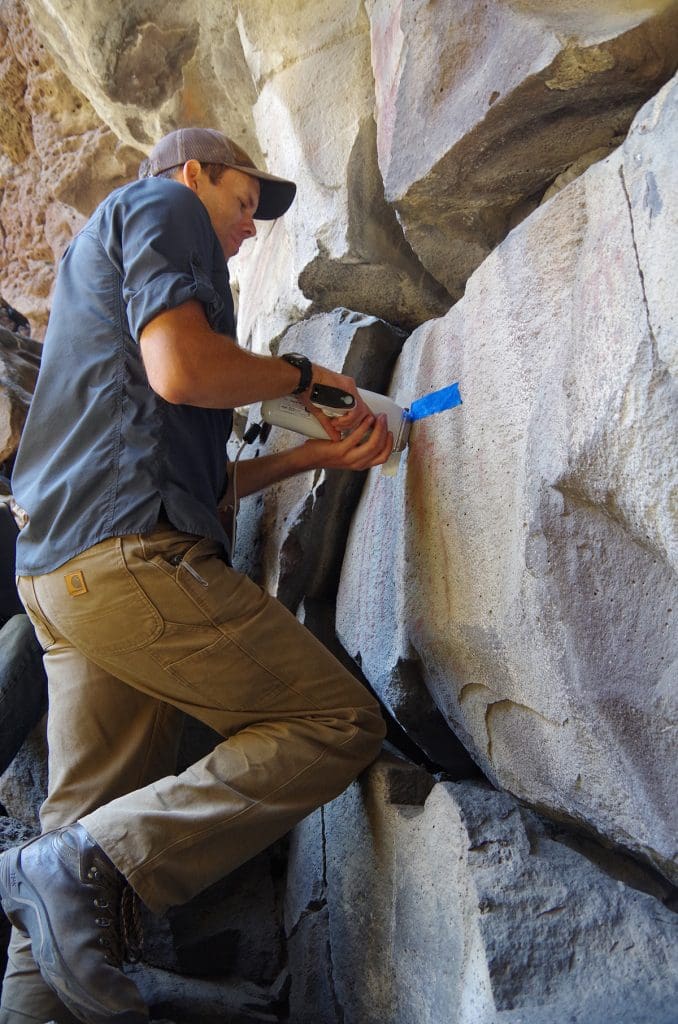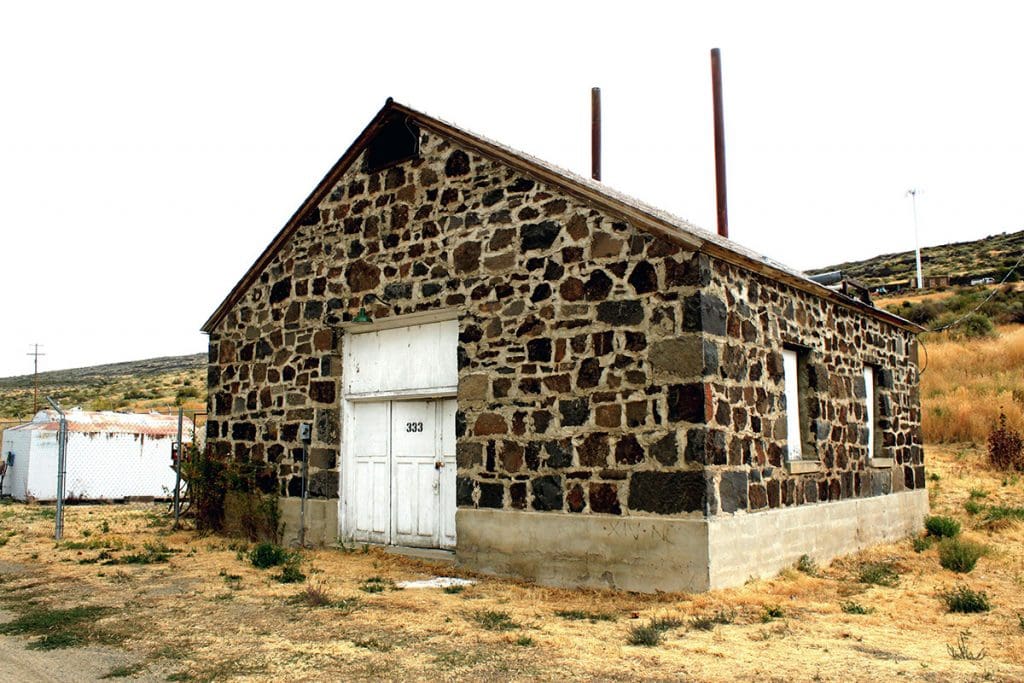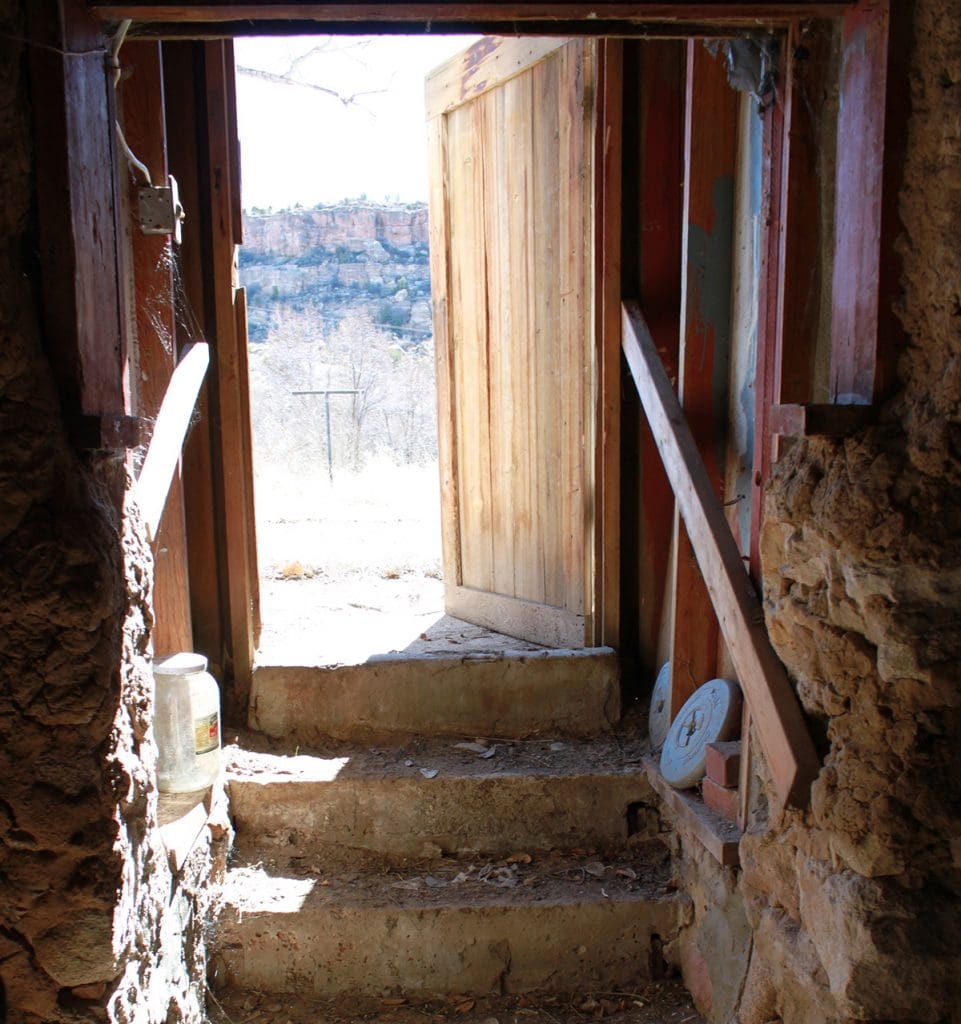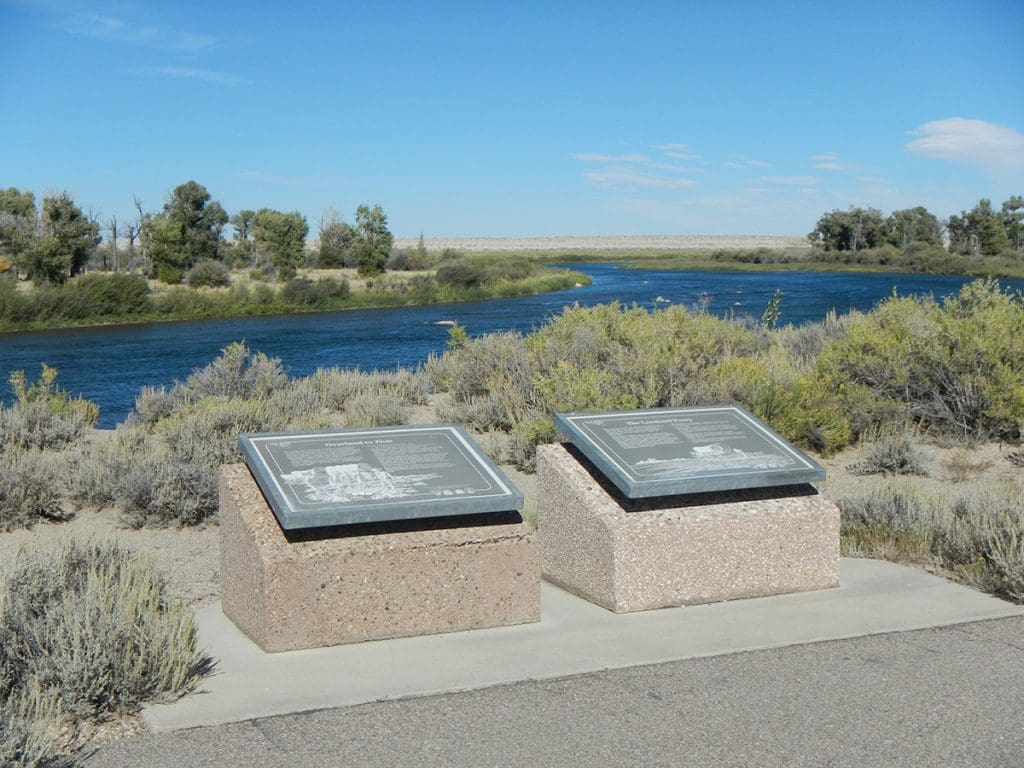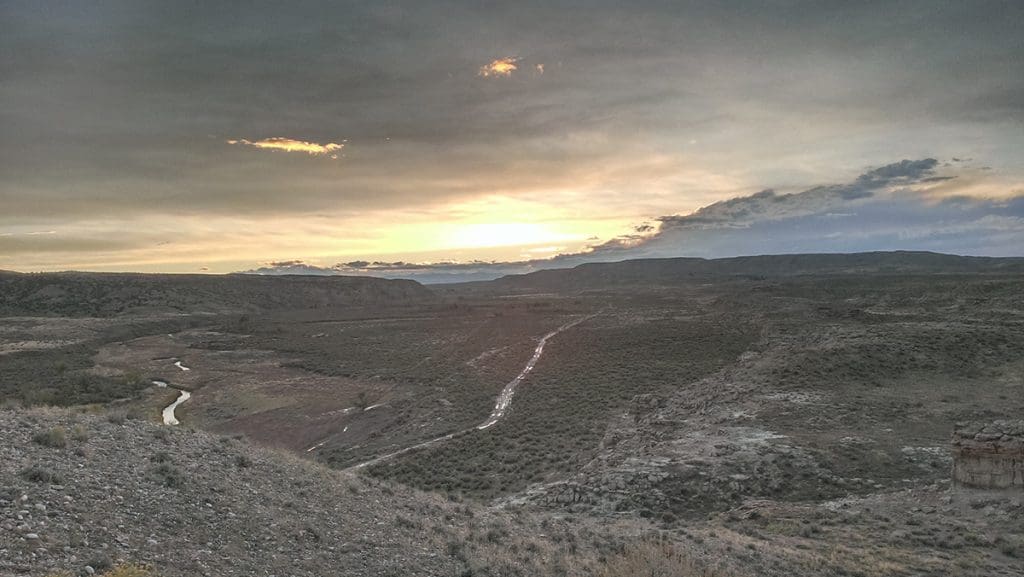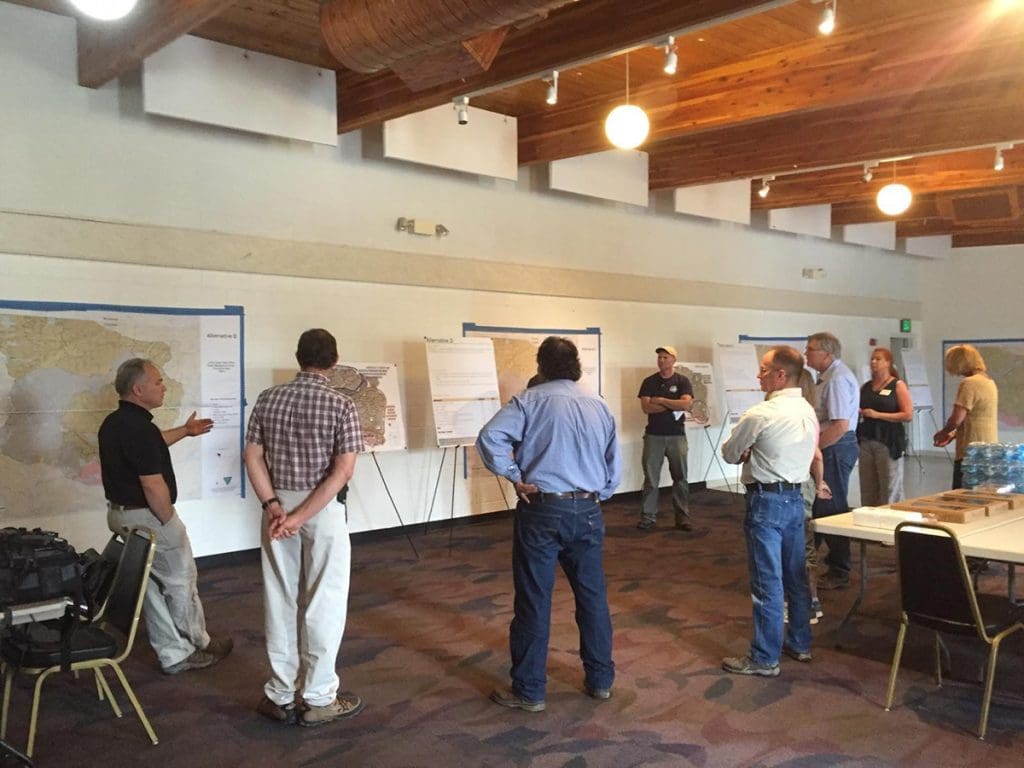Custer Gallatin National Forest Historic Overview, West Fork Rock Creek Road
Logan Simpson worked with the Custer Gallatin National Forest to develop a historic context and NRHP evaluation for the West Fork of Rock Creek (WFRC) Road in the Beartooth Ranger District, Montana. Since the end of the nineteenth century, the scenic, 15-mile-long WFRC Road has been a transportation corridor for homesteaders, recreationists, and entrepreneurs. The […]
Custer Gallatin National Forest Historic Overview, West Fork Rock Creek Road Read More »

